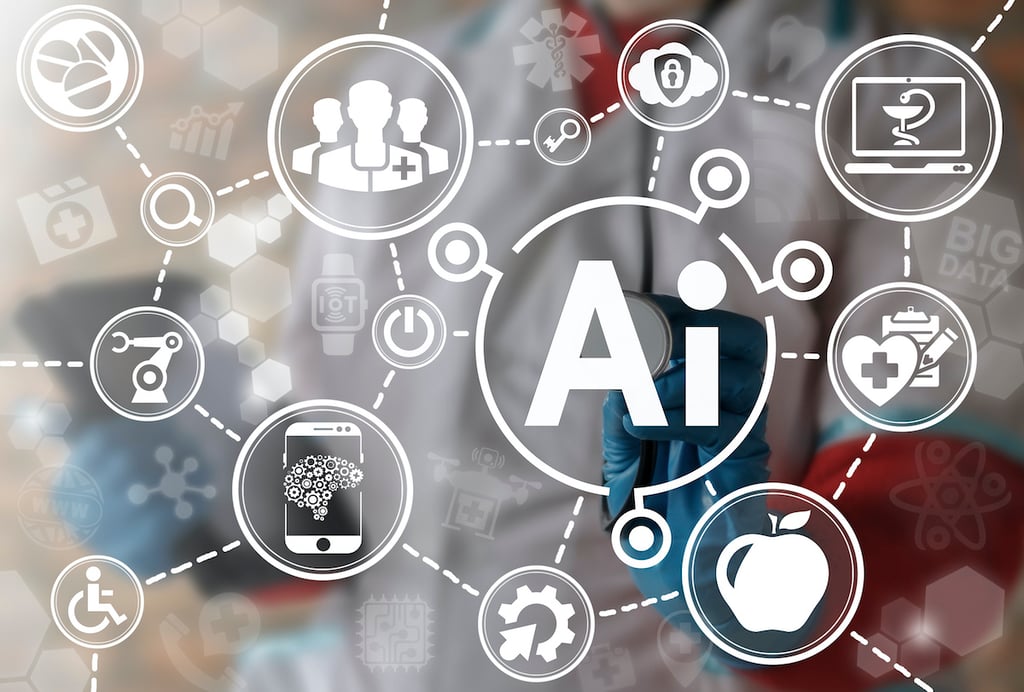There’s no doubt that artificial intelligence (AI) is about to have the most profound impact on the workplace since arguably the invention of the steam engine. While there’s clearly cause for concern relating to the impact AI technologies might have on the need for certain types of workers, it’s also starting to become apparent that AI will in many cases improve the quality of the work experience.
A survey of 400 senior decision makers at organizations that have adopted AI or robotic process automation (RPA) technologies conducted by Goldsmiths, University of London and research firm Coleman Parkes on behalf of Automation Anywhere, a provider RPA software, finds 80 percent of those using AI and 78 percent using RPA say it frees employees from repetitive work.
Overall, 70 percent of respondents said augmentation technologies such as AI and RPA had improved the wellbeing of their team, and that workers are 38 percent more engaged than those in non-augmented competitors.
The report suggests that many of the initial fears concerning AI eliminating jobs may be giving way to cautious optimism, says Automation Anywhere CEO Mihir Shukla. Humans don’t get enough credit for being innovative when it comes to finding ways to add value in ways machines can’t match, says Shukla.
“These technologies will free up time for more innovation,” says Shukla. “Fears are overblown.”
In fact, Shukla says the future of work will consist of human and digital workers accomplishing tasks in tandem with one another. The Automation Anywhere platform has already been employed to create over three million digital workers that in only a handful of cases have eliminated completely the need for human workers, says Shukla.
Nevertheless, when it comes to AI in the workplace, it’s still early days. A global study of 3,000 business executives conducted by MIT Sloan Management Review (MIT SMR) and The Boston Consulting Group (BCG) confirms AI will result in some jobs being lost. A total of 47 percent of responders say they expect workforce reductions due to AI. But only 38 percent of the CEOs participating in that survey concurred with that expectation.
Regardless of impact, AI in the workplace is now inevitable. A Voice of the Enterprise (VoTE) report from 451 Research finds nearly 50 percent of survey respondents have deployed or plan to deploy machine learning algorithms in their organizations within the next 12 months. Almost half (49 percent) cited gaining competitive advantage as the most significant benefit they have received from AI investments. Improving the customer experience came in second at 44 percent. The fact of the matter is that business users are increasingly interacting with AI technologies via a wide array of consumer applications. It’s now a matter of time before most business users will expect to be able to access similar capabilities in the workplace.
As it paradoxically turns out, the 451 Research report finds the biggest inhibitor to adoption of AI in the workplace is a lack of skilled resources needed to train AI models on how to automate a specific process.
The real issue may be not so much having a desire to invest in AI, but rather where to apply it, says Dr. Kenneth Sanford, analytics architect lead in the United States for Dataiku, a provider of a platform through which data scientists and end users can collaborate on building AI models. Business leaders need to understand exactly where applying AI will have the greatest business impact, but most of them don’t really understand precisely how AI transforms business processes, notes Sanford.
“There’s not enough transparency,” says Sanford. “Data scientists need to be able to explain the value of an idea in the way a business can explore it.”
However, many AI models are too opaque to be understood by the business because of their inherent complexity, says Sheldon Fernandez, CEO of DarwinAI, provider of tools for analyzing and re-engineering neural networks based on deep learning algorithms.
“The lack of insight into neural nets creates a black box problem,” says Fernandez.
The lack of transparency results in not only end users not readily trusting how AI models are automating a task, but there will come a time when an auditor is going to require companies in highly regulated industries to be able to document those processes.
The good news is that over time, tools that provide greater visibility into how the underlying algorithms work will provide enough clarity to pass an audit, says Fernandez.
In general, it is critical for organizations to set reasonable expectations for AI that are not overly influenced by science fiction, says Marc Teerlink, global vice president for SAP Leonardo, a collection of emerging technologies and services that SAP makes available.
“We need to be realistic and pragmatic,” says Teerlink.
Teerlink says while it’s feasible that machine learning algorithms will eliminate a range of accounting tasks, in many cases they will also be employed to monitor, for example, workers as they perform tasks to make sure they are not being overworked, says Teerlink. Exhaustion tends to result in more injuries and higher turnover rates, notes Teerlink.
SAP is already working with the Volvo boat racing team to apply sensors and machine learning algorithms to monitor crew members for fitness, stress and exhaustion in one of the world’s most grueling sailing races. Those concepts can also be applied to truck drivers or construction workers to reduce accidents in the workplace, notes Teerlink.
As AI technologies advance, Teerlink digital assistants infused with machine and deep learning algorithms will essentially become sidekicks to humans that will offload many mind-numbing repetitive tasks, says Teerlink.
It won’t take long for employees to discover what kind of organization they work for in the age of AI. While some organizations will both invest in AI and retrain workers, there will be those seeking to maximize profitability whenever and wherever possible. It remains to be seen where most organizations will land. But the expectation is that an era of collaboration between man and machine will become the hallmark of most workplaces for decades to come.








